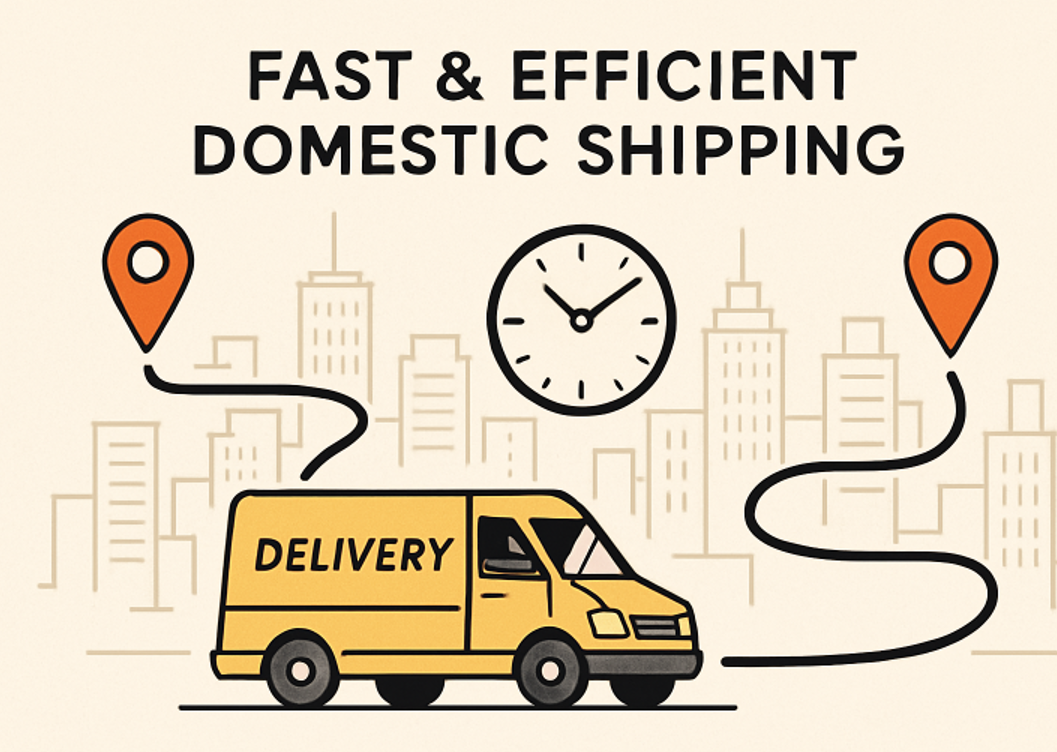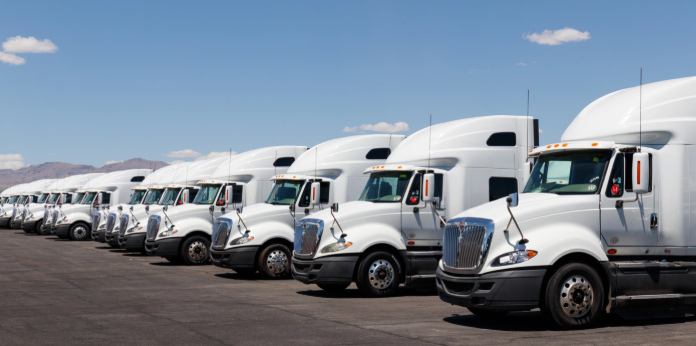Domestic Shipping Trends and Smart Delivery Strategies
Introduction
Domestic shipping is transforming rapidly as consumer expectations, technology innovations, and sustainability concerns shape the logistics landscape. To remain competitive, businesses must understand emerging trends and adopt strategies that enhance efficiency while delivering outstanding service. Today, companies seeking flexible and reliable shipping options in Canada and abroad must remain agile and informed amidst this evolving environment.
Consumers now expect faster deliveries and seamless experiences, leading supply chain leaders to rethink last-mile solutions, returns management, and eco-conscious practices. Organizations can exceed customer expectations and drive long-term loyalty across markets through strategic investments and technology adoption.
Rising Consumer Expectations
Today’s consumers are more demanding than ever, seeking fast and affordable shipping and options that fit seamlessly into their lifestyles. Industry research shows that many shoppers expect delivery within one or two days, and some even desire options for two-hour delivery on select products. This shift is especially pronounced in urban areas, where access to multiple carriers and last-mile solutions gives retailers additional tools to meet diverse preferences.
The pressure to meet these higher expectations compels retailers to build extensive logistics networks and establish fulfillment centers closer to high-density populations. This trend is propelled by consumers’ willingness to pay a premium for expedited shipping, creating both a challenge and an opportunity for shippers.
Same-Day and Next-Day Delivery
Once a luxury item available only from retail giants, same-day and next-day delivery are now considered standard for many sectors. According to recent studies, nearly four out of five U.S. consumers report interest in same-day shipping, and over 40% are willing to pay more. Meeting this demand forces businesses to analyze and optimize every link in their supply chain, from inventory forecasting to transportation planning.
Retailers and logistics providers use warehouse automation technologies and data-driven route planning to minimize delivery windows and avoid costly delays. By leveraging strategic warehouse locations, companies can reduce transit times and offer customers real-time delivery updates.
Sustainable Shipping Practices
Sustainability has become a non-negotiable for modern consumers, with over half of shoppers expecting brands to demonstrate eco-friendly practices. Major retailers and carriers respond by incorporating electric vehicles, optimizing delivery routes to lower emissions, and switching to recyclable or biodegradable packaging materials.
Sustainable shipping practices also reduce operational costs by improving fuel efficiency and minimizing waste. Global brands are setting ambitious climate targets as consumers and regulators increase scrutiny of environmental impacts. For additional insights into green shipping innovations, the BBC’s coverage on shipping’s shift to greener fuels offers a wide-ranging look at industry efforts to balance speed with responsibility.
Technology Integration in Logistics
Digital transformation in logistics is driving unprecedented visibility and efficiency. Companies are integrating Artificial Intelligence (AI) and Machine Learning (ML) into demand planning, route optimization, and autonomous vehicle management. These technologies help forecast spikes in demand, balance inventory, and predict shipping disruptions, improving both speed and reliability.
IoT devices and sensors allow real-time tracking of shipments, giving customers the convenience of live updates and enabling logistics teams to reroute in case of unexpected delays. As more organizations invest in automation and data analytics, they can tailor their delivery models to changing consumer needs.
Last-Mile Delivery Innovations
The “last mile” of the delivery journey is often the most challenging and expensive. Innovative solutions—from electric cargo bikes and autonomous delivery vehicles to drone technology—are emerging to minimize costs and speed up service. Smart lockers and pick-up points in accessible, high-traffic areas help consumers receive parcels securely and conveniently.
Large e-commerce platforms are piloting drone delivery programs to solve for hard-to-reach locations and high-priority packages. Autonomous vehicle fleets are being tested in urban delivery routes to enhance operational efficiency and reduce reliance on human drivers, with promising initial results.
See also: From Service to Self-Care: Prioritizing Oral Health in Civilian Life
Personalized Shipping Experiences
Consumers increasingly expect choice and control over their delivery experiences. Retailers are responding by offering a menu of delivery windows, secure pickup locations, and flexible rescheduling. Providing live tracking, instant notifications, and delivery preferences inside customer accounts boosts transparency and satisfaction, setting brands apart in a crowded market.
These tailored solutions demonstrate a commitment to customer-centric service. As personalization becomes a hallmark of successful e-commerce, businesses harness technology and data to anticipate needs and deliver on expectations.
Reverse Logistics and Returns Management
An efficient return process is essential for maintaining buyer trust and loyalty. Retailers are investing in user-friendly systems—downloadable return labels, automated approvals, and local drop-off locations—to streamline reverse logistics. Clear instructions, hassle-free procedures, and immediate refund communications ensure a smooth returns experience.
Moreover, properly managing returned inventory limits losses and addresses environmental concerns related to restocking or disposal. Innovations in reverse logistics help companies turn a traditionally loss-making activity into a service differentiator.
Future Outlook
The future of domestic shipping promises even more transformation. The rollout of 5G networks will deliver faster, more reliable communication for shipment tracking and automated dispatch systems. Developments in robotics and AI will continue to reduce labor costs and errors, while sustainable practices will remain at the forefront due to evolving regulations and consumer pressure.
Companies prioritizing agility, sustainability, and advanced technology integration are best positioned to thrive. By monitoring trends and investing in innovative solutions, businesses can streamline operations and consistently exceed customer expectations.
To stay ahead in this fast-evolving landscape, partnering with logistics experts, keeping pace with industry developments, and continually improving operations are now essential components of a winning shipping strategy. Forbes Technology Council’s insights on e-commerce trends provide valuable perspectives from industry leaders for further reading on the future of e-commerce logistics.






